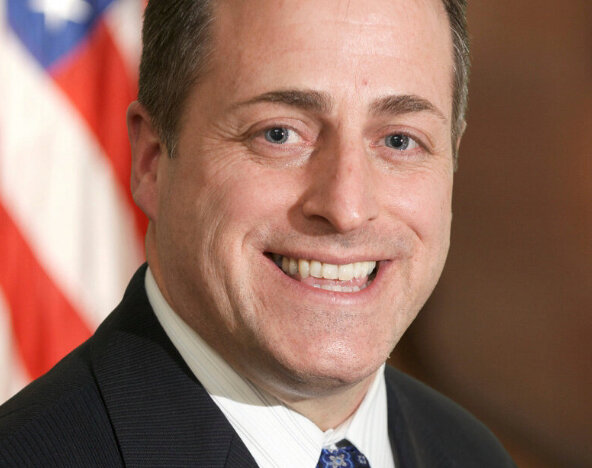Congestion pricing: another nightmare for family budgets
Recently I saw a video that went viral of a middle-aged woman breaking down in tears because of the financial pressures on her family. She wondered out loud why she and her husband, both of whom have good-paying jobs, are barely getting by. They’re doing everything right and playing by the rules, but she couldn’t understand why they’re not getting ahead.
It’s a question being asked by middle-class families across the country. The quick answer is obviously inflation and the increasing cost of living that we’ve all seen in the past three years due to out-of-control government spending. Another factor is increased government taxes and fees, which raise the cost of everything. But in New York, the problem of shrinking household budgets and discretionary spending is much worse. We have the highest overall tax burden in the United States. Our cost of living is 20.5 percent higher than the national average. Housing is 32 percent higher, and utilities, 4 percent higher. Food, clothing, and groceries are 12 percent higher.
When the cost of everything from taxes to groceries to transportation costs is depleting your household budget, it’s no wonder that families are at their wits’ end. We shouldn’t be increasing the cost of transportation as well by implementing the first congestion pricing program in the country. That’s a sentiment that I’m quite confident is shared by the 431,000 people who left New York state between 2020 and 2022.
In 2019, then Gov. Andrew Cuomo and the Democratic-led State Senate and Assembly approved congestion pricing for New York City, and established a Traffic Mobility Review Board to work out the details. Two weeks ago, the review board recommended that passenger vehicles entering Manhattan south of 60th Street during daytime hours — 5 a.m. to 9 p.m. on weekdays and 9 a.m. to 9 p.m. on weekends — be charged $15. Outside those hours, the toll would be $3.75. Passengers of taxis and other vehicles for hire (Uber and Lyft) are not exempt, and would have a $1.25 fee for taxis and $2.50 for other vehicles for hire attached to their bill.
Democrats justify the pricing plan as a way to reduce the congestion on city streets, encourage public transportation, provide needed funds to the public transportation infrastructure and, of course, the catch-all justification, to battle “climate change.” Nowadays, every increase in taxes, fees and utilities is necessary to save the planet. Funny how that works.
Congestion pricing will have a devastating effect on small businesses. Increased operational costs due to delivery fees and reduced foot traffic may threaten the viability of businesses in the congestion zone. And there is little doubt that the increased costs will be passed on to customers who are already burdened with higher expenses.
The truth is that congestion pricing is just a new tax passed by the Democrats to funnel money that the state and city don’t have to the Metropolitan Transportation Authority, which before the last state budget projected a $600 million deficit. It’s just a plan to keep the MTA going with the hope that a byproduct is fewer vehicles entering Manhattan.
Rather than implementing congestion pricing in difficult economic times, a multi-faceted approach to traffic congestion should have been considered. Investments in smart traffic management systems, synchronized traffic lights and the expansion of public transportation are viable alternatives that can reduce congestion without imposing financial burdens on specific groups. A combination of technological innovation and infrastructure improvements can lead to a more comprehensive and equitable solution that prioritizes residents’ needs and ensures that the burden doesn’t fall disproportionately on vulnerable communities. By exploring alternative solutions, New York City can develop a strategy that addresses congestion while promoting economic fairness and accessibility for all.
To be fair to Democrats, Gov. Kathy Hochul strenuously objected to previously leaked reports of a $23 congestion-pricing toll, but she appears to be fine with the recommended $15. With family budgets being stressed to their max, I don’t think that $8 reduction in this new tax by the Democrats will go a long way toward helping people. Rather, congestion pricing is yet another budgetary burden for New York families.
Brian Curran represents the 21st Assembly District.

 46.0°,
A Few Clouds
46.0°,
A Few Clouds 




